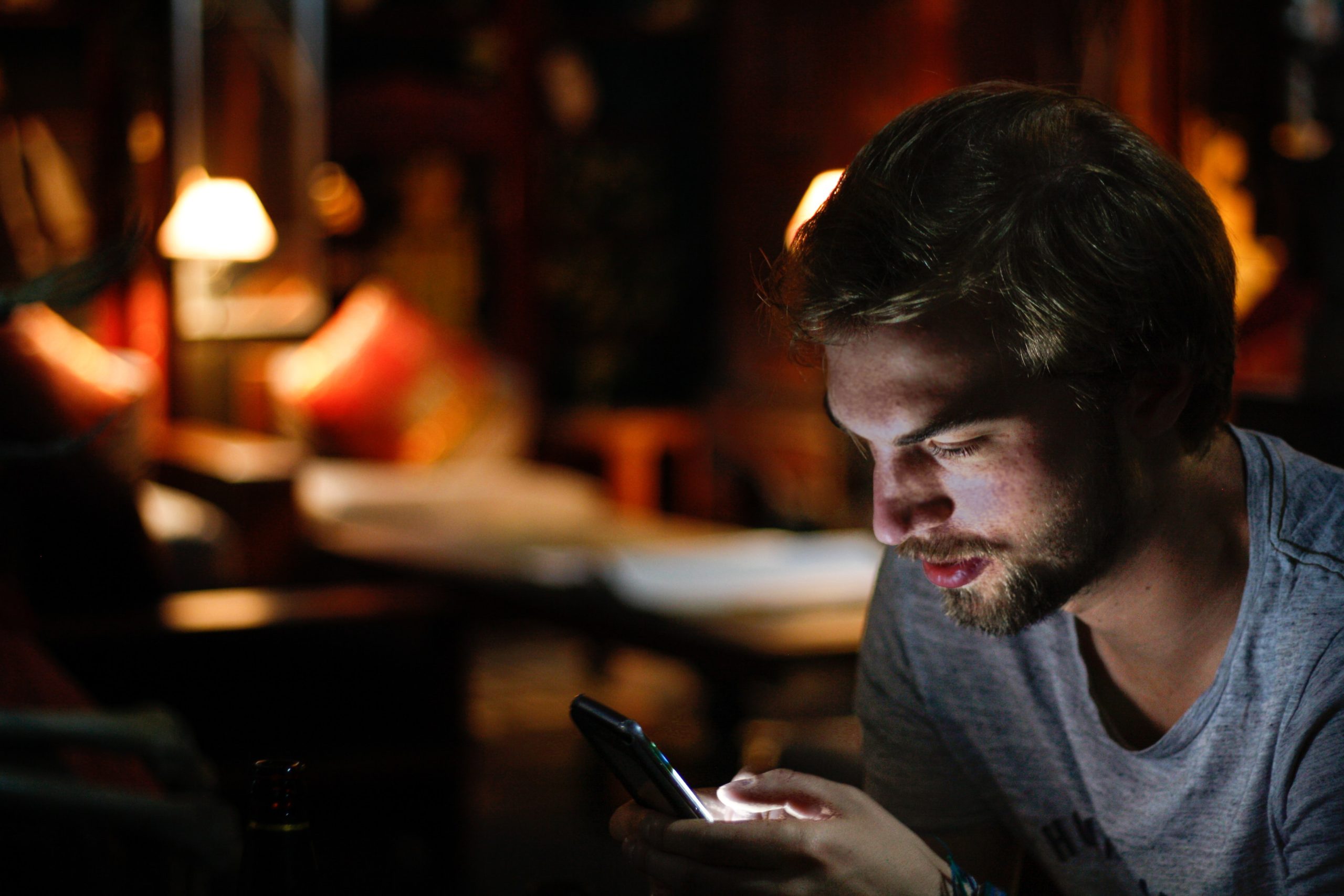Getting a new smartphone can be exciting, but it can also be confusing. What with the proliferation of new devices and different specifications out there, knowing exactly what your phone is capable of and what you should do with it can be tough. Do you have an Android device or an iOS device? That’ll further change what you can do with your new phone, making it potentially even more confusing. Don’t worry, though: we’re here to help. Here’s a checklist regarding what you should do when you get yourself a new smartphone.
Set up your data plan
If you got yourself a new phone, then it stands to reason you probably picked up a new data plan as well. The first thing you should do when you set up your new phone is to slot your SIM card in and make sure everything’s ready to go in the data department. After all, a smartphone can feel gutted when there’s no internet connection; using 5G, you can do everything from checking up on repayments for your personal loans all the way through to calling your friends via WhatsApp. Make sure you’ve set your SIM card up before you start using your new device!
Carry across previous data
Some people like to start afresh whenever they get a new smartphone. Others prefer to work exactly as they have before, changing as little as possible in the transition between devices. Whichever one you like, make sure you’re set to go with it when your new device arrives. If you’re going to transfer all of your data across, make sure you’re up on the procedure required to do that. On Android phones, it’s usually as simple as connecting the two devices via data cable, especially if they’re the same make, but swapping between Android and iOS may not be as simple.
Download your essential apps
Only you know which apps are going to be absolutely essential to your day-to-day life when it comes to your smartphone. With that in mind, you should head over to the Google Play Store or the App Store and download everything you’re going to need. A good start would be WhatsApp for communication, TikTok or Instagram for checking out social media, and Evernote for taking notes and creating to-do lists for yourself. There are a whole host of other essential smartphone apps to check out, though, so don’t stop there!
Connect accounts
If you’re using an Android device, it’s a good idea to connect up a Google account to your new phone. This will enable you to do things like check your email, use Google’s office suite, and various other functions, so it’s worth doing. If you’re an iOS user, then you need to add an Apple account to your device in order to use services like iCloud or Apple Music. Make sure you’ve got an account ready to go when you start using your phone. If you’re transferring from another device, the chances are you’ll already have an account, and it will be transferred as part of the process of moving data across.
Inspect your device
Before you even switch your device on, it’s a good idea to inspect it for hardware faults. Does the screen look even? Is the device in the condition in which it was described to be? Are there any glaring issues that shouldn’t be there? This is the time to spot them; once you’ve taken the phone out of the box and started using it, then it’ll be harder to return it if you do spot any faults or flaws. Be thorough in your examination; when you turn the phone on, make sure to check for any dead spots or colour inaccuracies in the screen, as these can indicate more serious display faults.
Take some photos
Most new smartphones these days have cameras that are more than enough for most users’ daily needs, and some smartphones even have cameras that rival the finest photography devices out there. With that in mind, it’s a good idea to get out there and start snapping some pictures with your new phone. Take some pics to show yourself what your new camera can do; put it through its paces with low light and more difficult angles, too, so that you can see the full range and gamut of its capabilities. That way, you’ll be better-armed when it comes time to take photos in a pinch!
Set up device security
If your device comes with a fingerprint scanner (which many modern smartphones do nowadays), then you should definitely set it up. Since every fingerprint is unique, a fingerprint lock is an excellent way to stop other people accessing the data on your phone. It’s quick and easy to set up, too, so make sure you’ve done this. You should also add a PIN and perhaps a secret pattern to your phone so that people can’t use alternate unlock methods to bypass the fingerprint reader. As well as these protocols, you may wish to encrypt your phone’s data as well.
Connect your Bluetooth devices
After you’ve done everything else, it’s time to connect any Bluetooth devices you might have to your phone so that they can be easily recognised. Smartwatches and fitness trackers should be your first port of call, since they’re effectively never going to be disconnected from your device. You should also connect up headphones and other devices you’re going to use intermittently so that when you switch them on, they’ll automatically connect to your phone.

